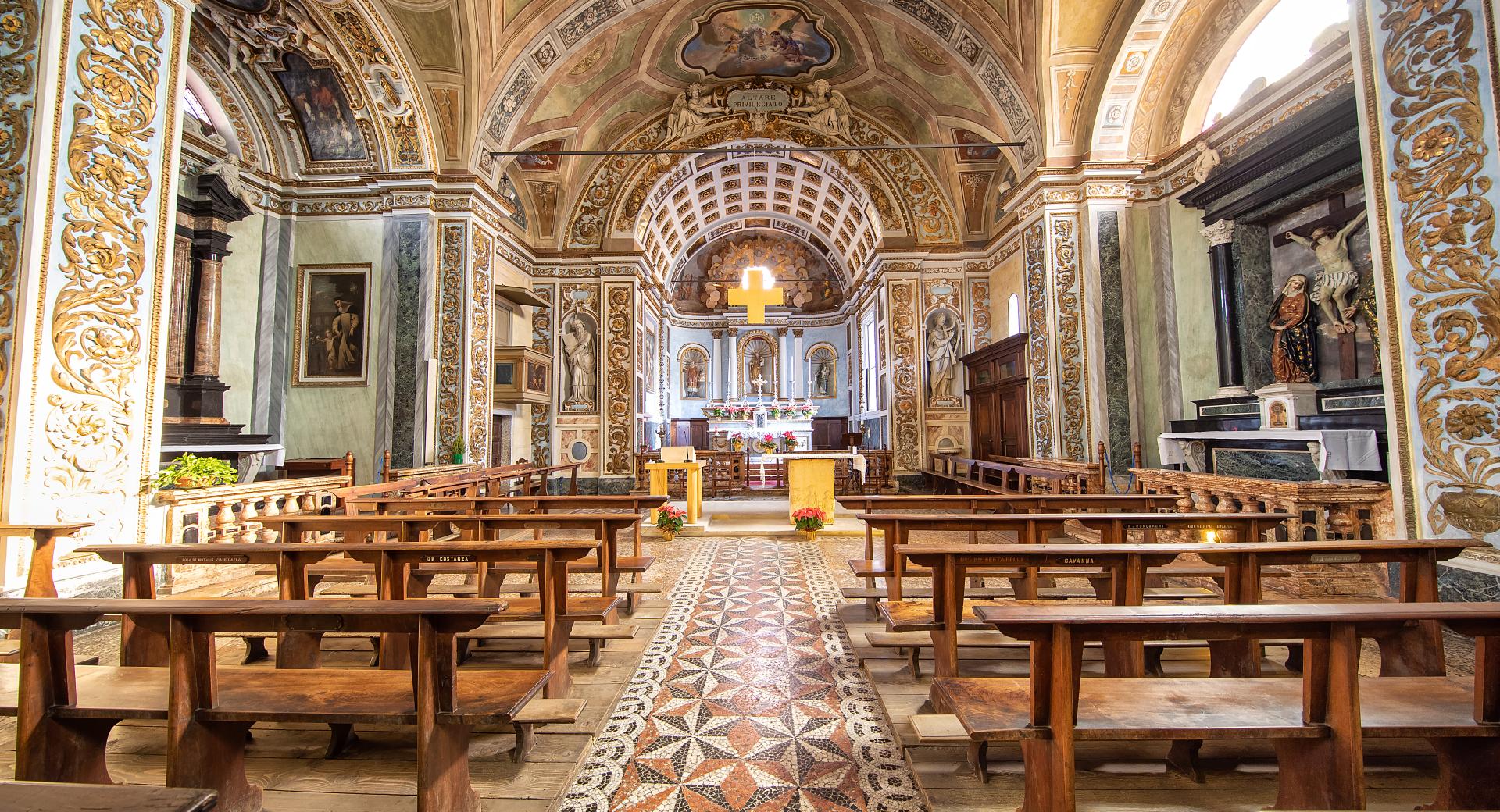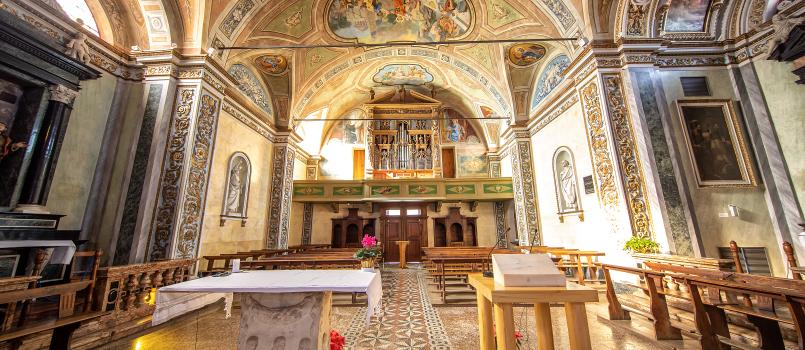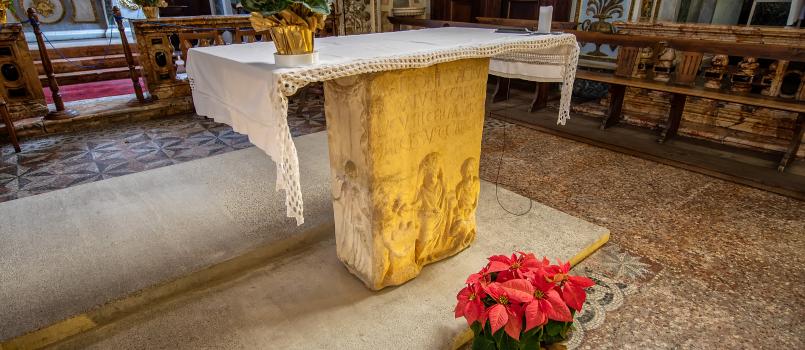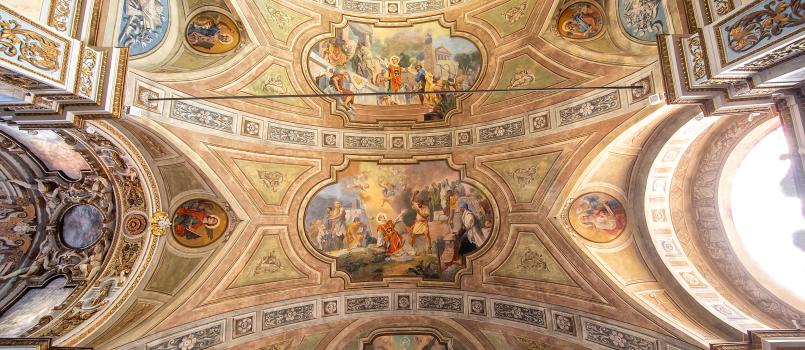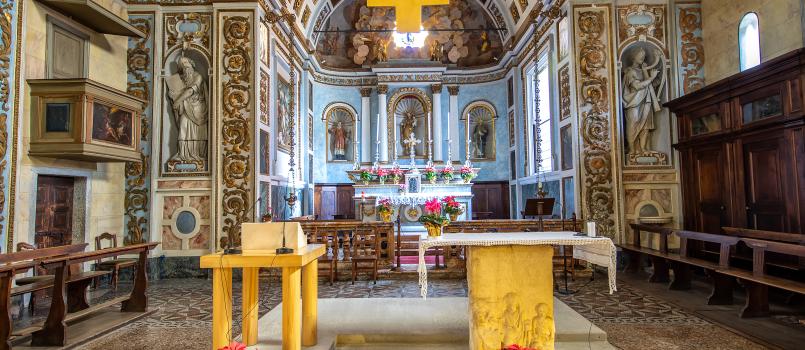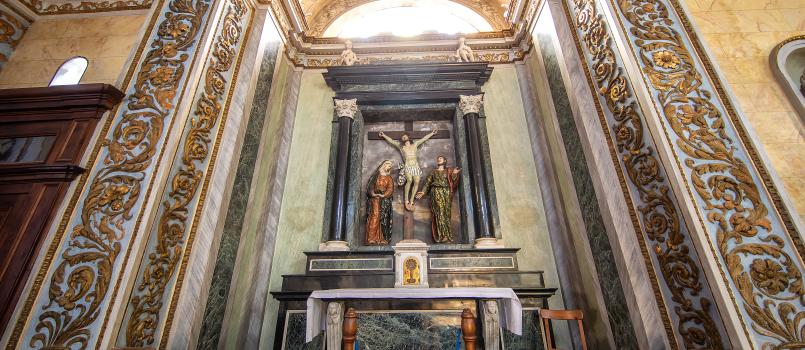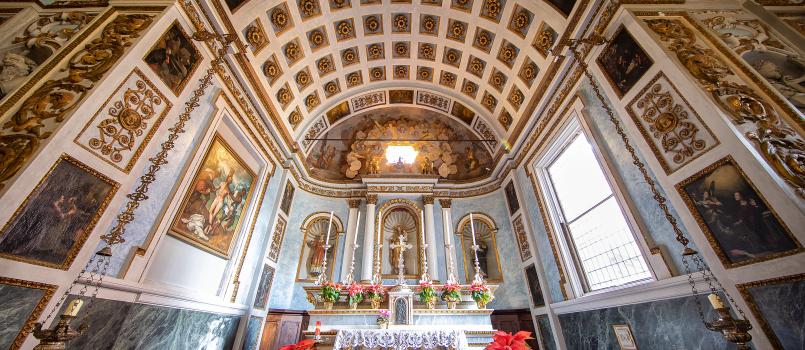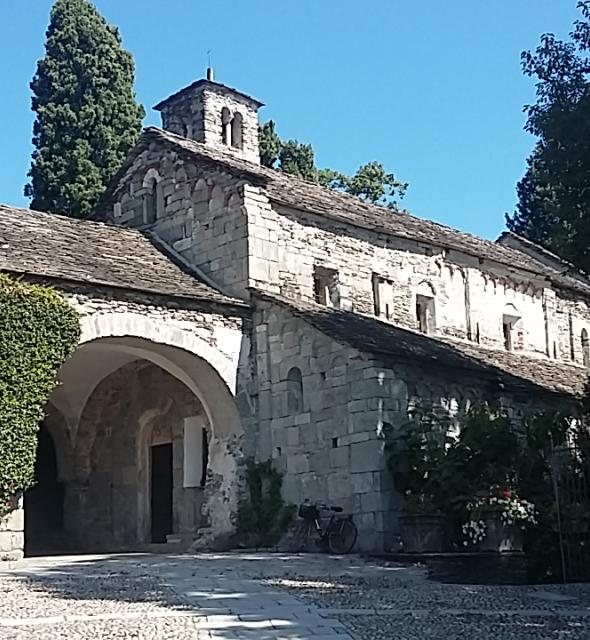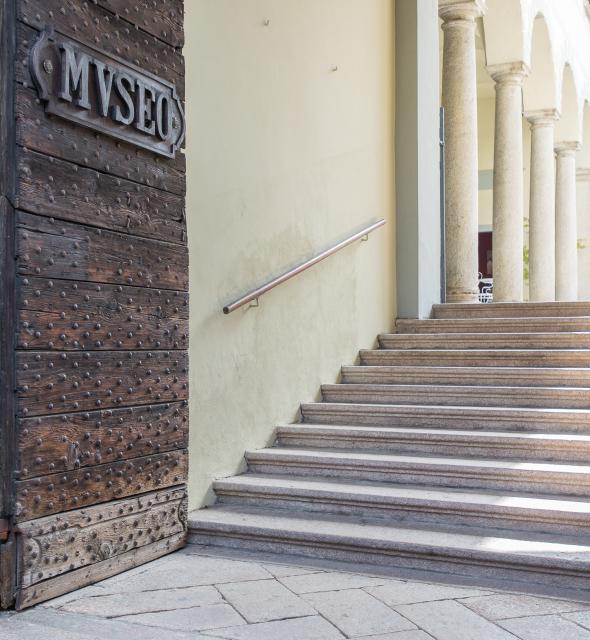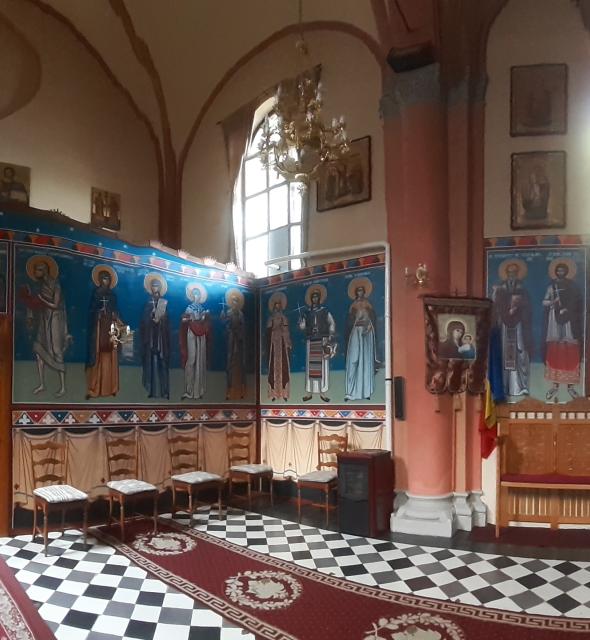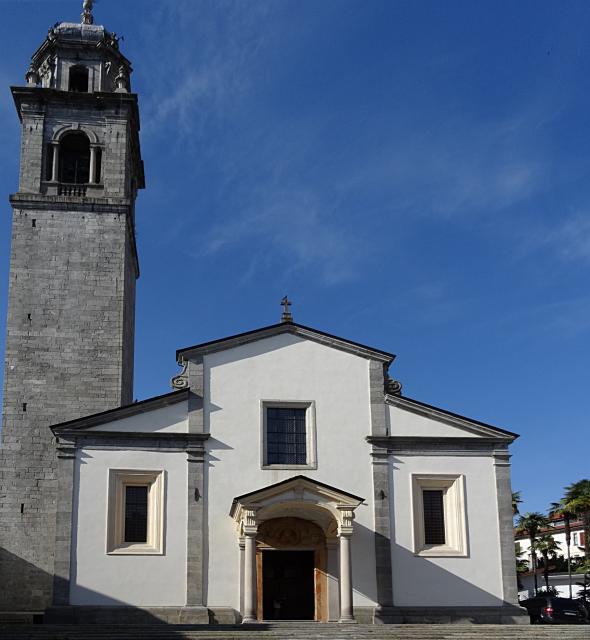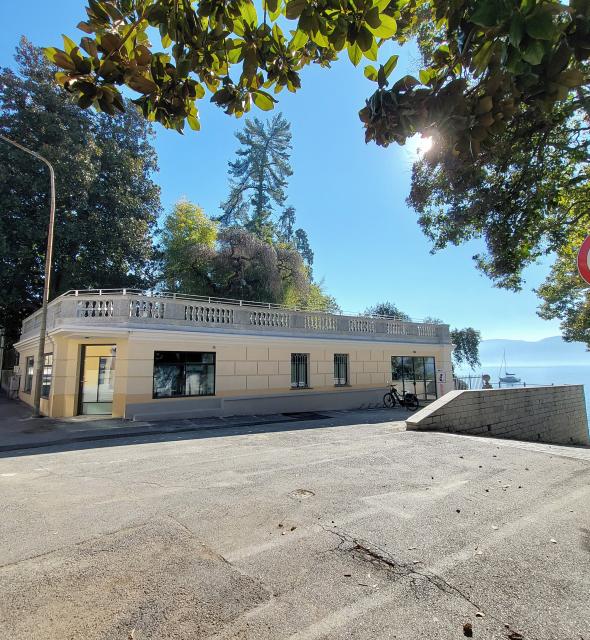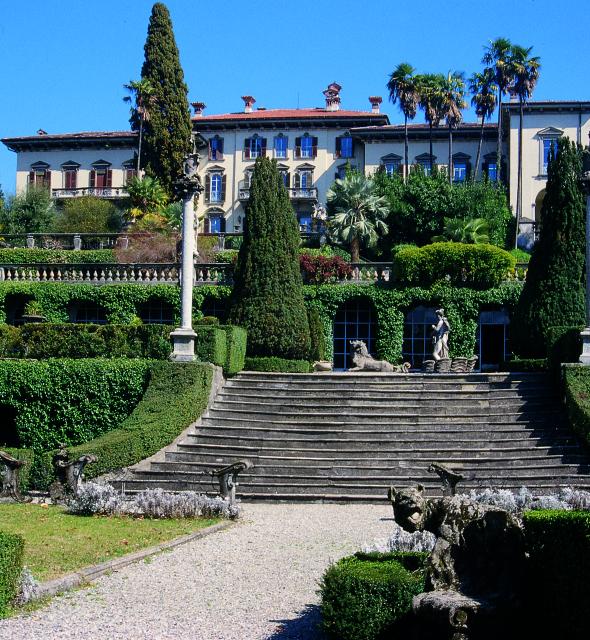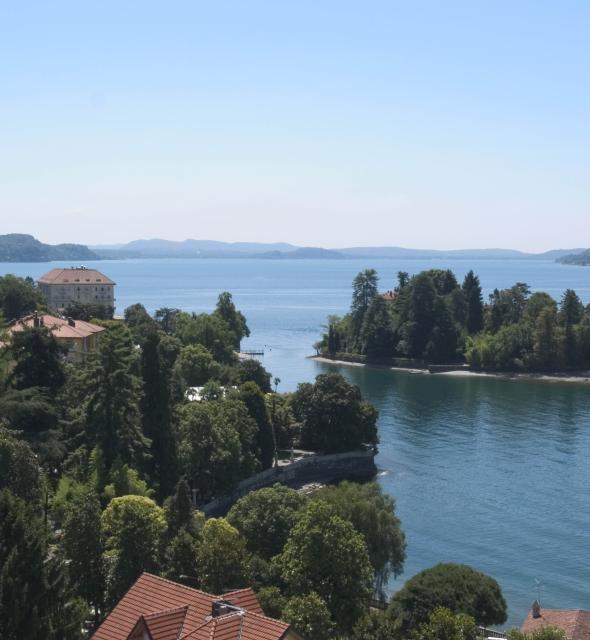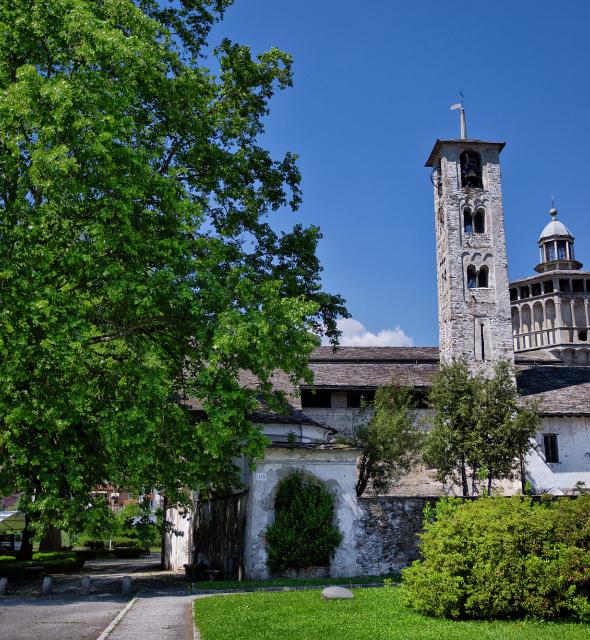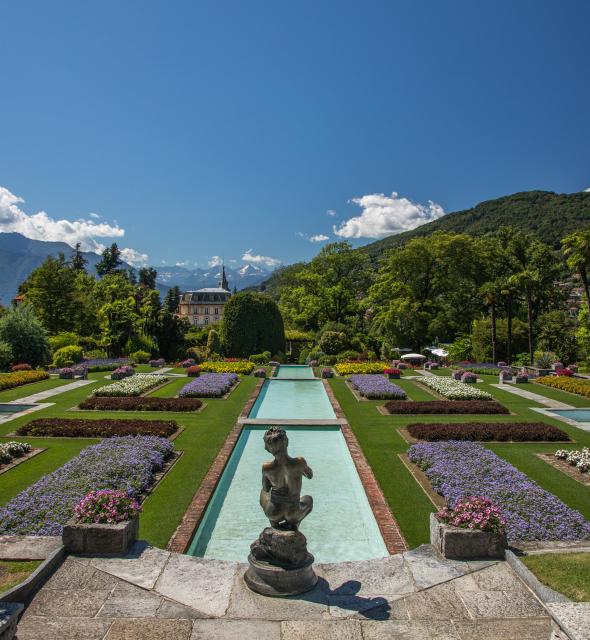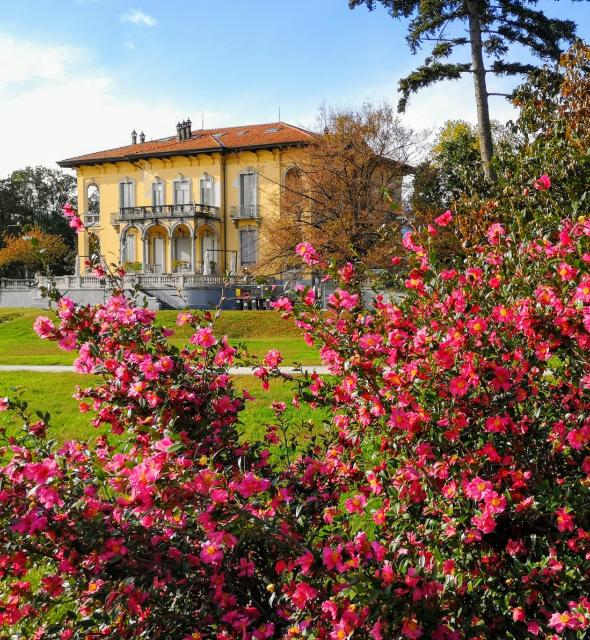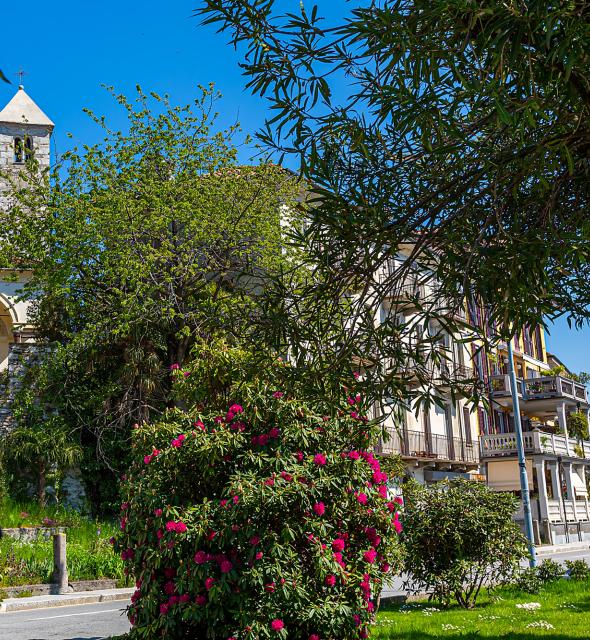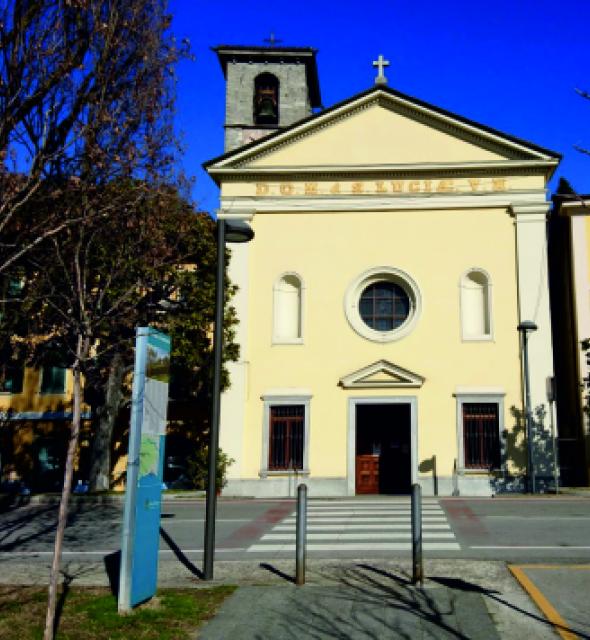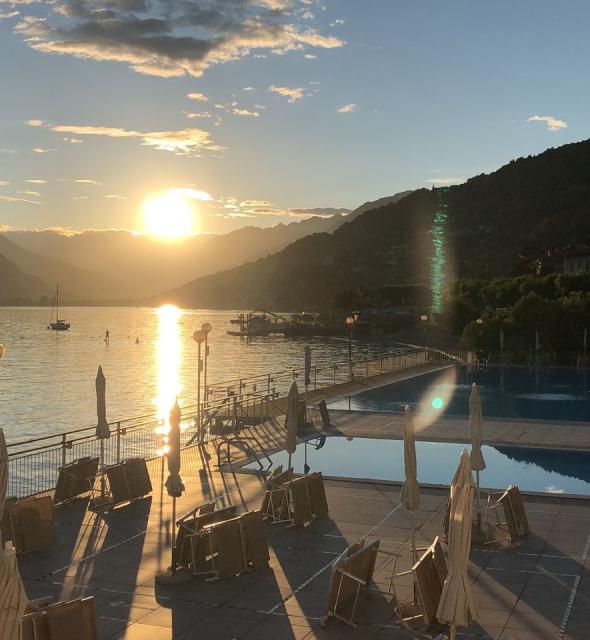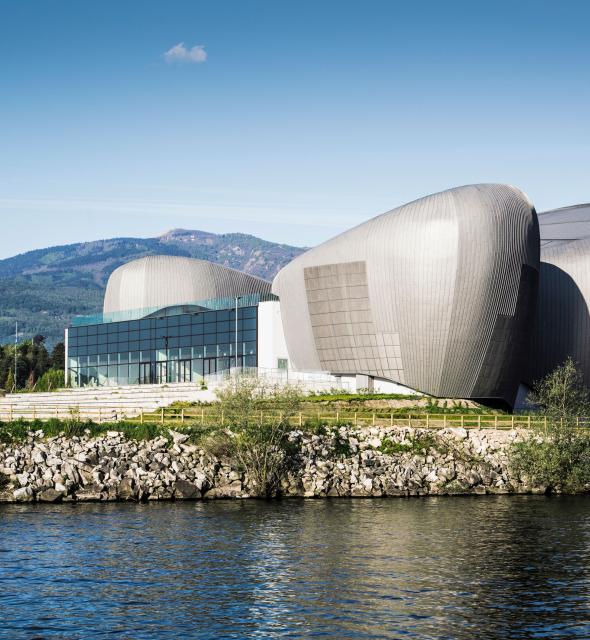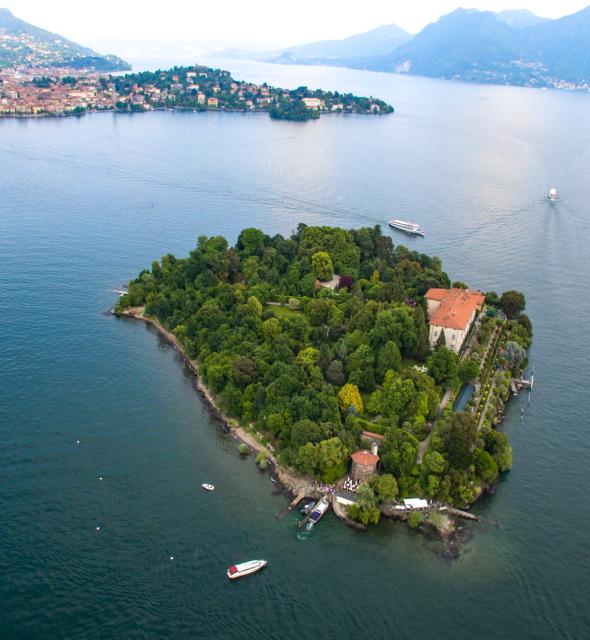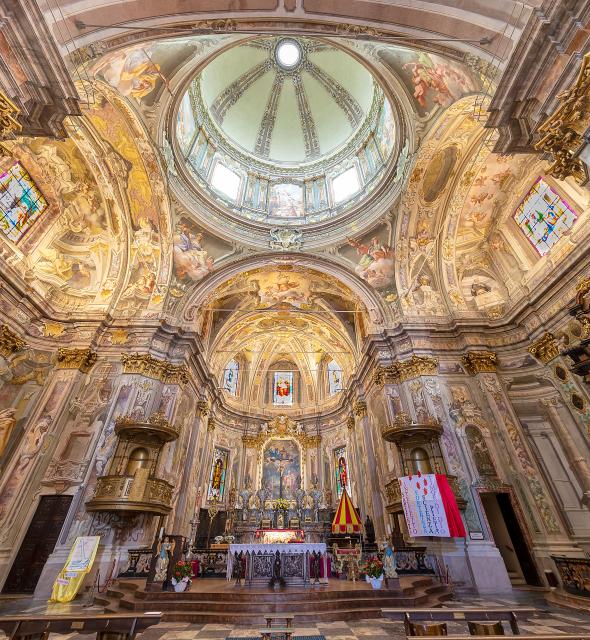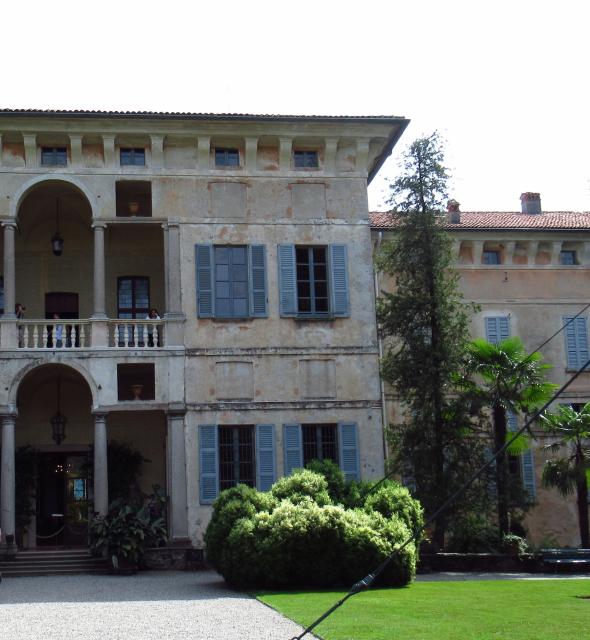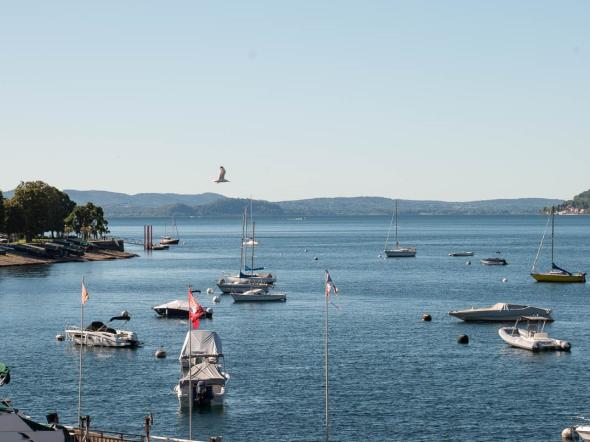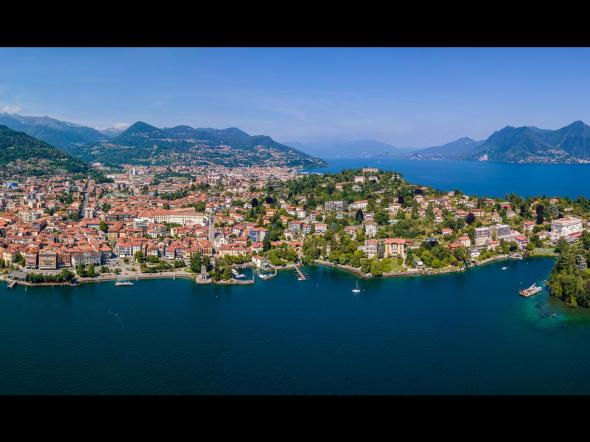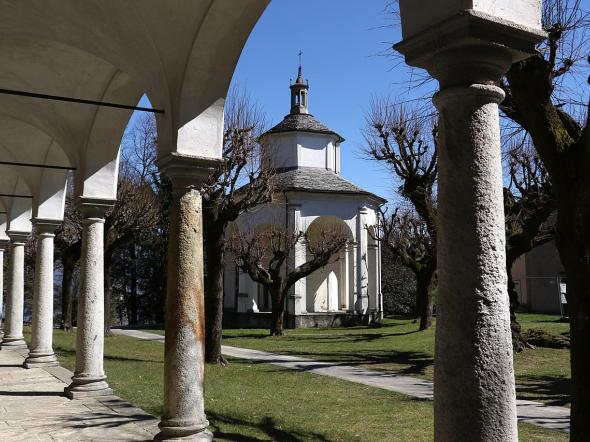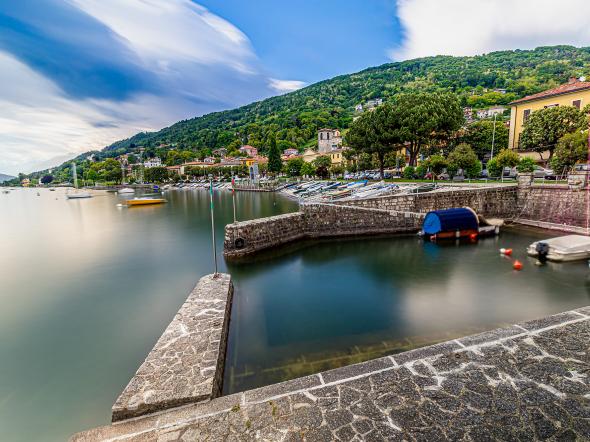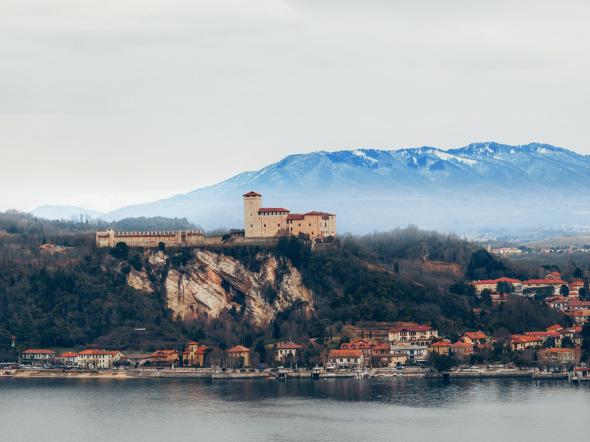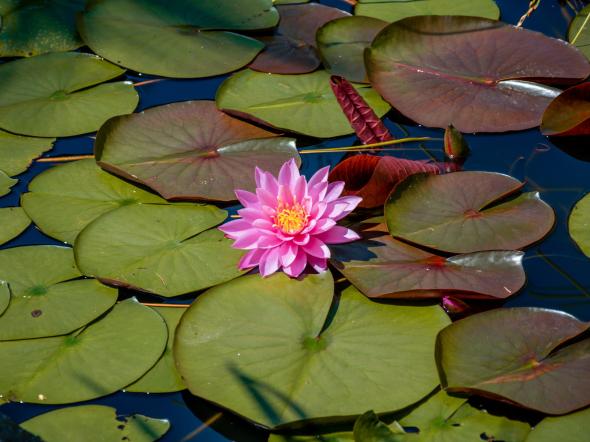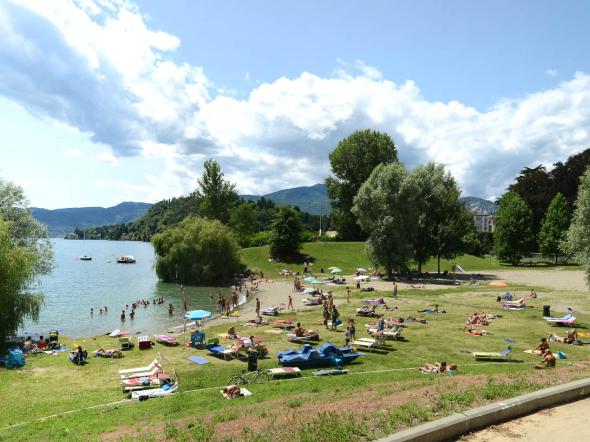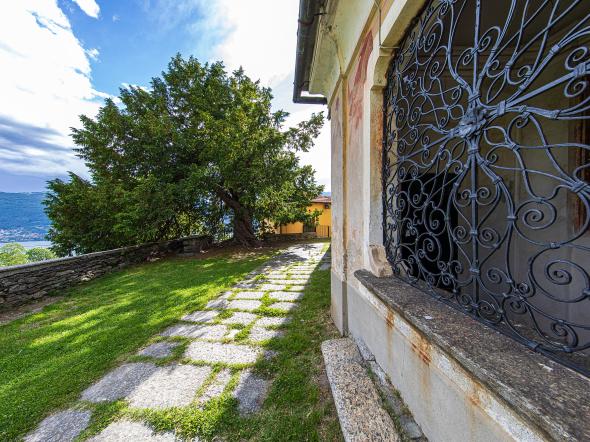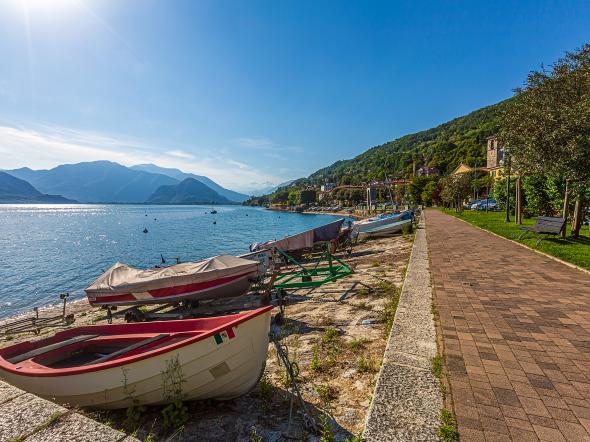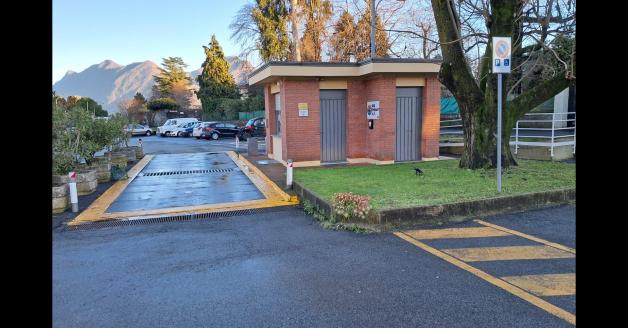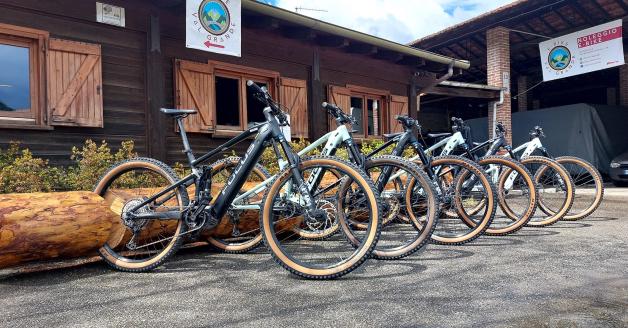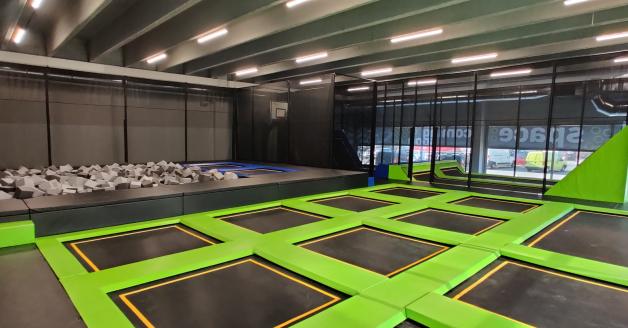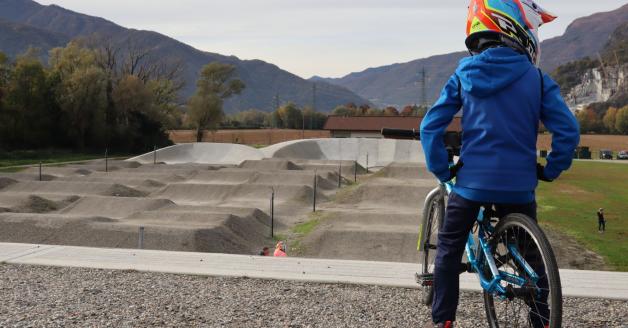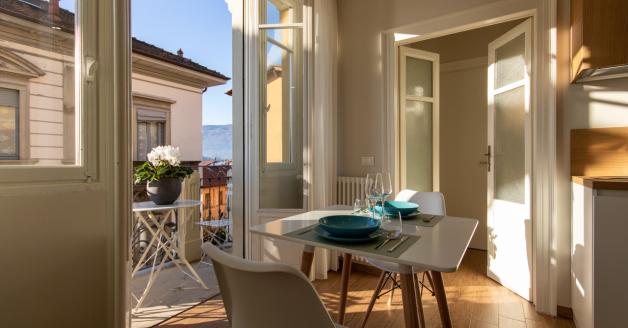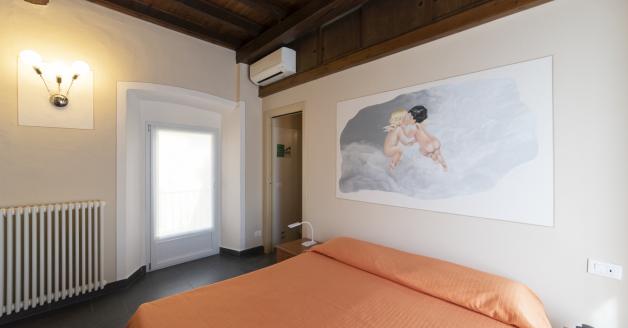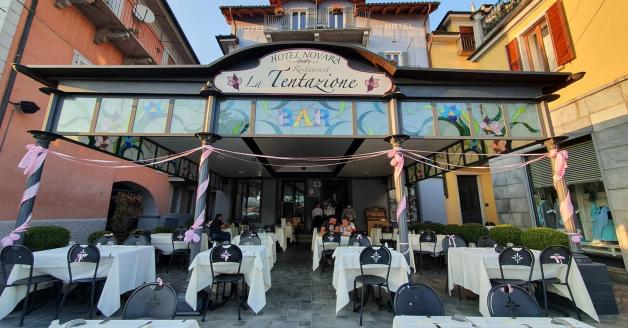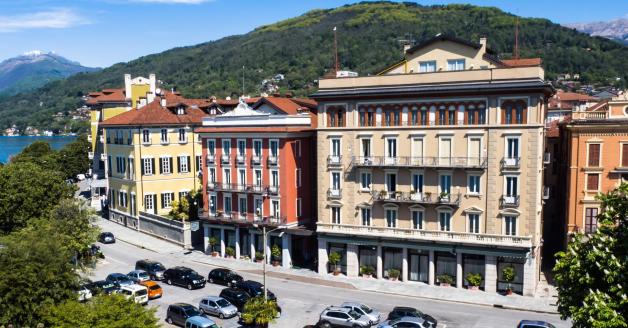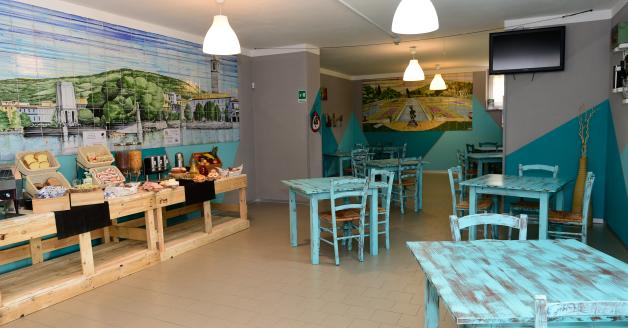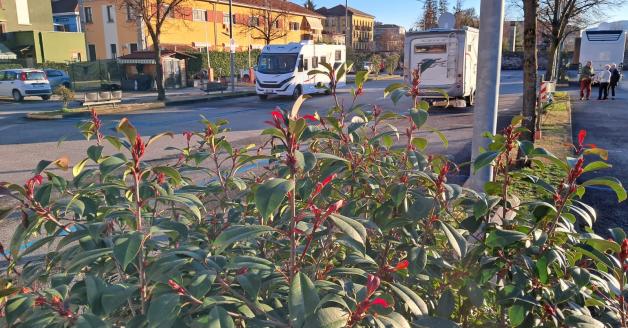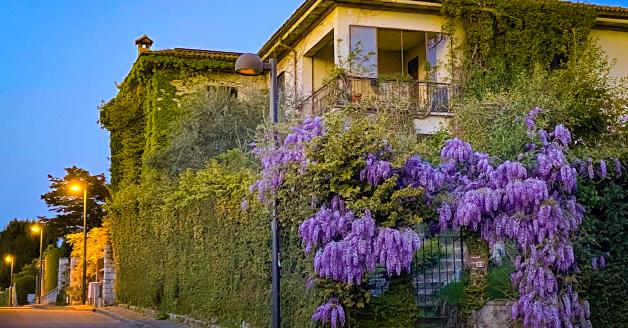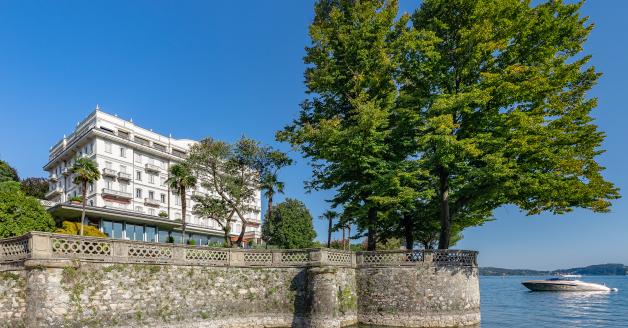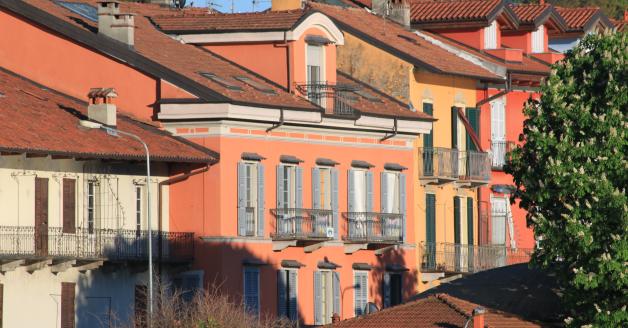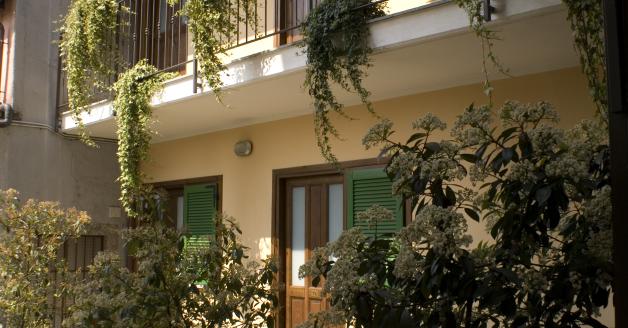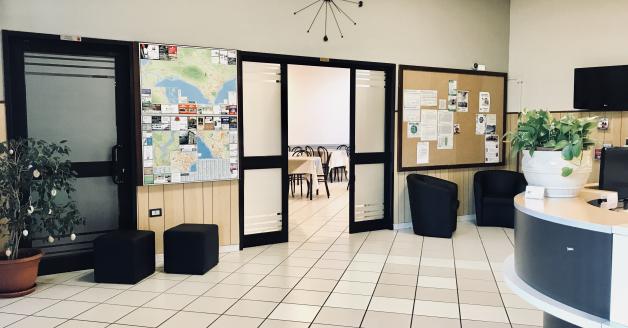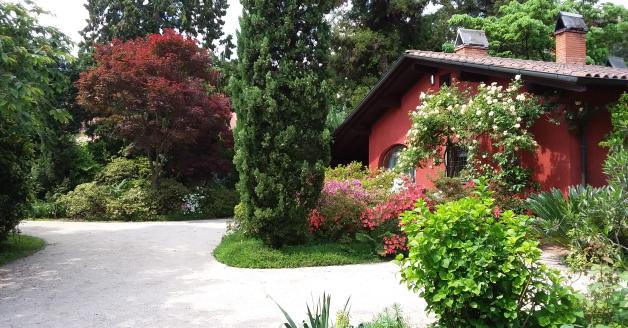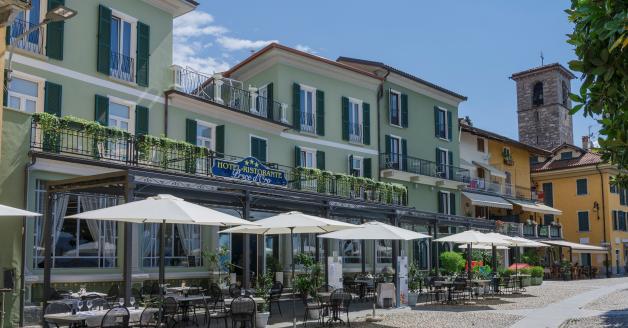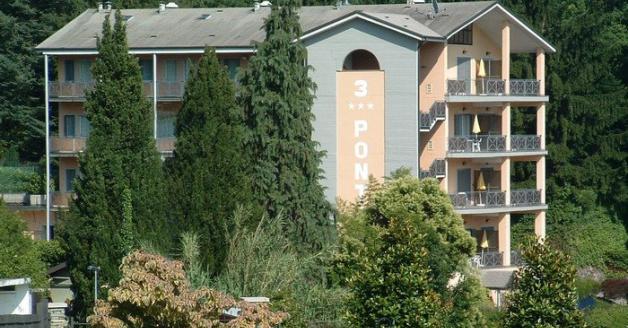Piazza Rosario, 9 - Verbania Pallanza
What exactly was Emperor Claudius' accomplice doing on the banks of Verbano two thousand years ago? This might well come to mind when reading the inscription on the Ara delle Matrone (Altar of the Matrons) memorial stone conserved inside the parish church of Santo Stefano. We are in the centre of the ancient Villa district, in Piazza Rosario, on the slopes of Castagnola hillside.
The epigraph states that the freedman Narcissus dedicated the altar to Cesare Germanicus, an epithet shared by both Caligula and Claudius. Under the latter, Narcissus enjoyed the favour of the court and became, in effect, a minister of state, he thwarted seditions in Britain and conspiracies in Rome (that of Messalina), and enriched himself with public assets before committing suicide when Nero came to power.
The altar is made of Candoglia marble - the same marble that was used to construct the Duomo of Milan 13 centuries later - and it depicts a scene of priestly sacrifice and of young maidens who dance with linked hands. It is regarded as one of the most interesting testimonies attesting to the cult of the Matrons, Goddesses of fertility.
Whilst the church dates back to the Romanesque era, the second half of the 12th century, it also underwent significant restoration and transformation during the 17th century. Skirting along the south side, reached by following via Santo Stefano, the Romanesque walls can be seen together with part of the cornice of hanging arches and the bell tower, next to the north side, constructed of squared ashlar stone blocks.
Not to be missed, inside the parish church, are the parapet of the choir loft, decorated with musical and floral allegories, and the 1911 organ, enclosed in a superb wooden case from 1620.

